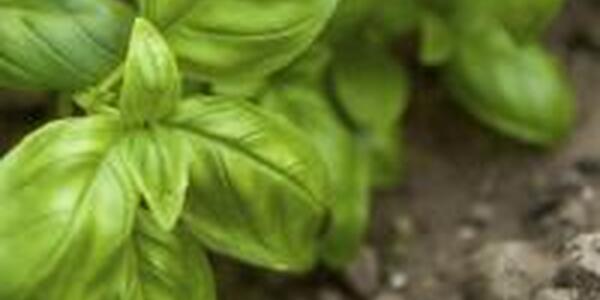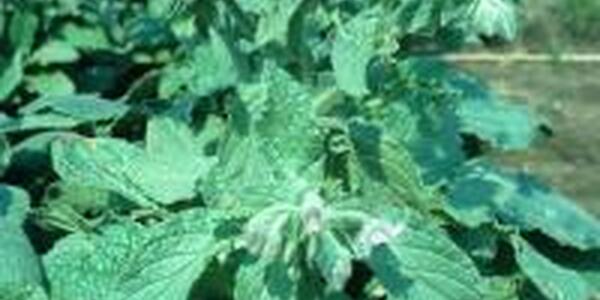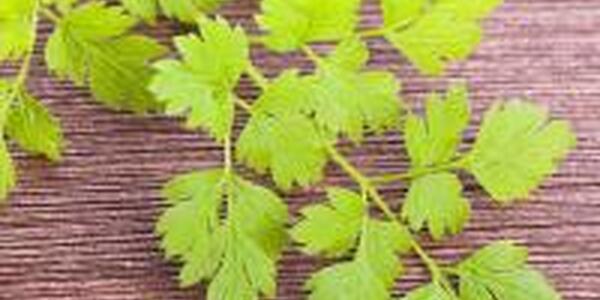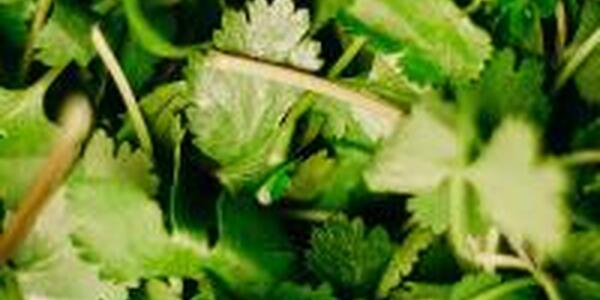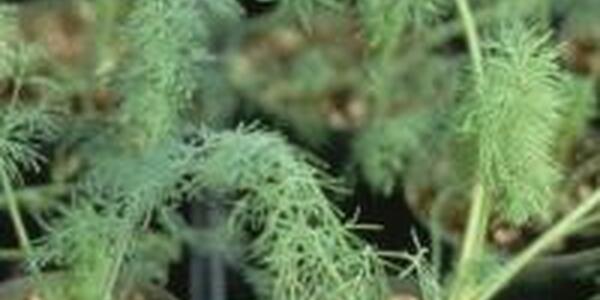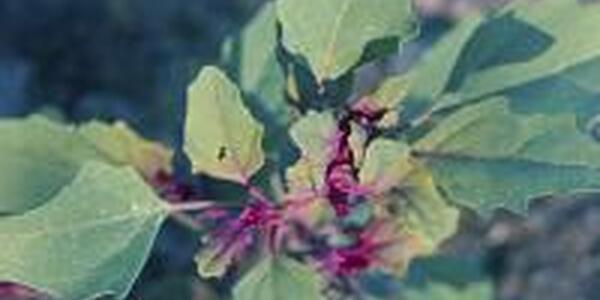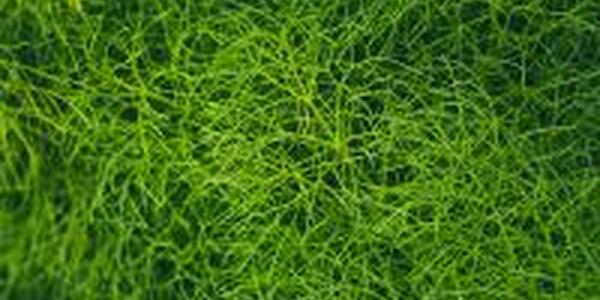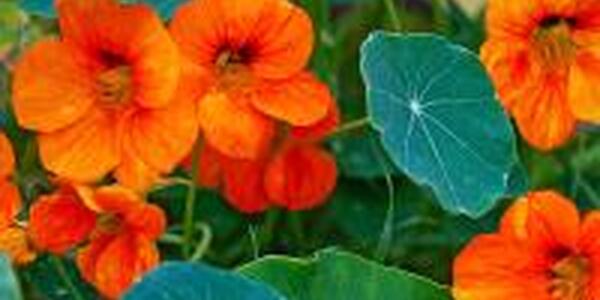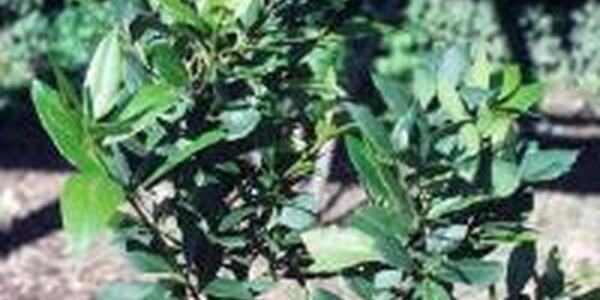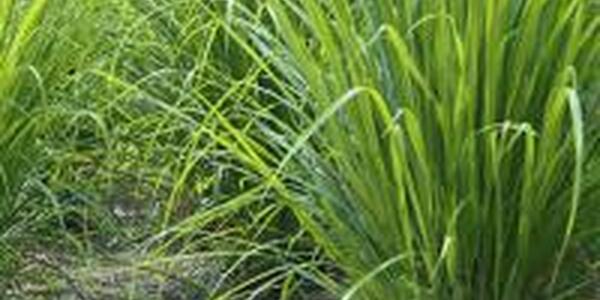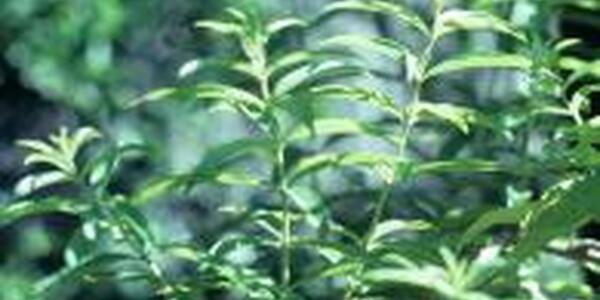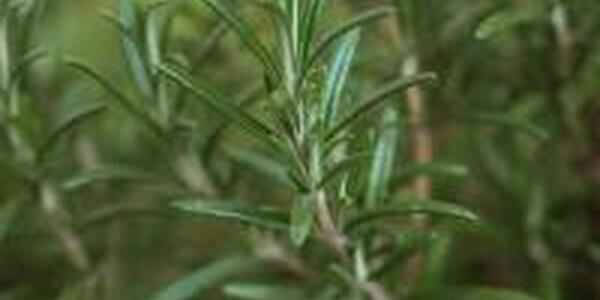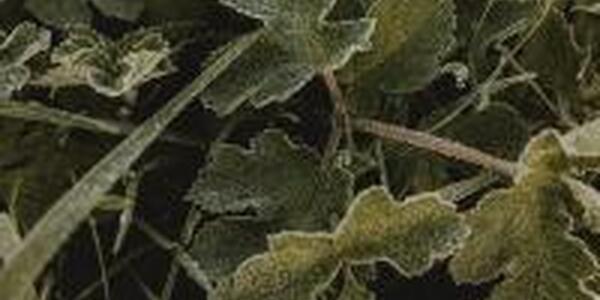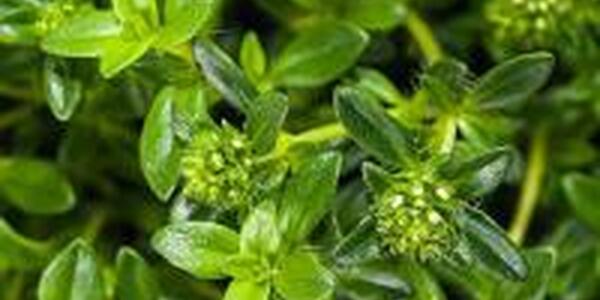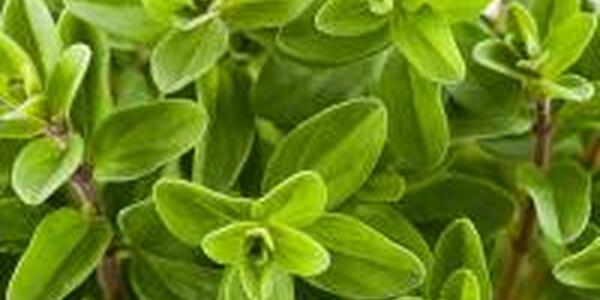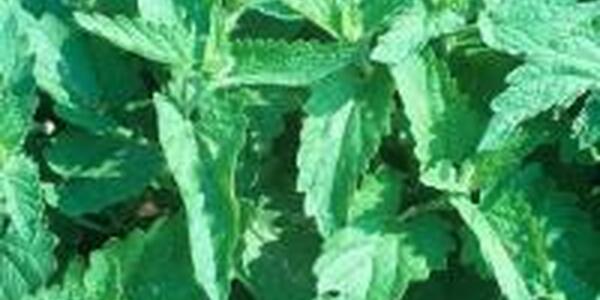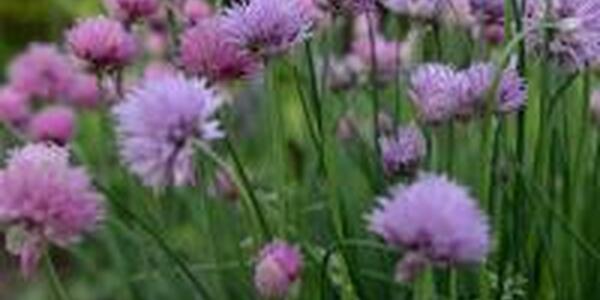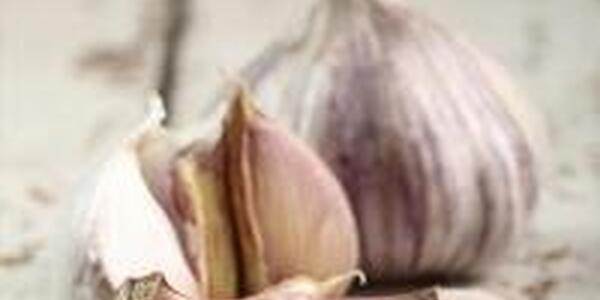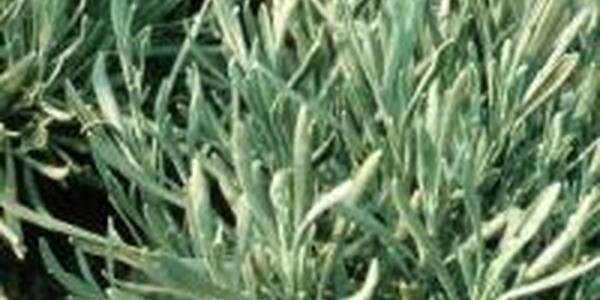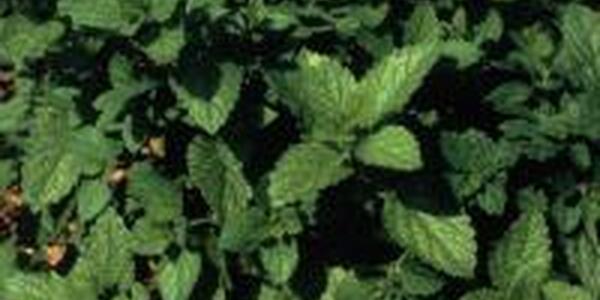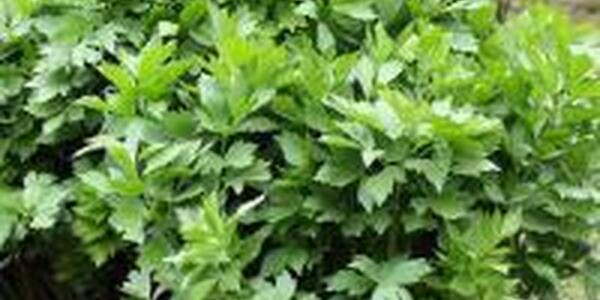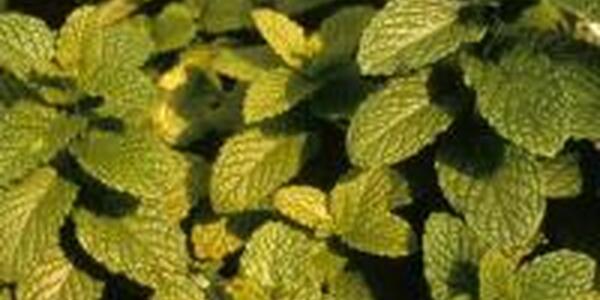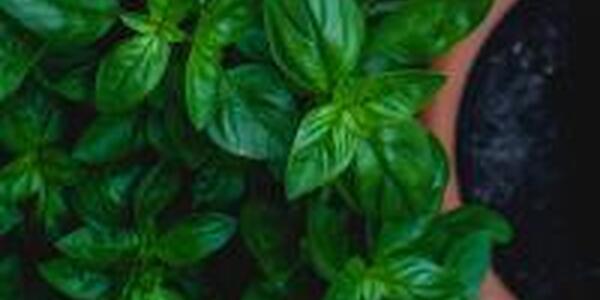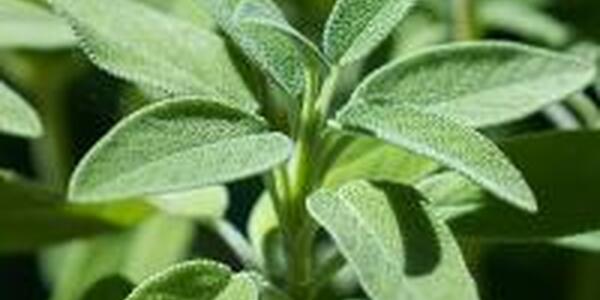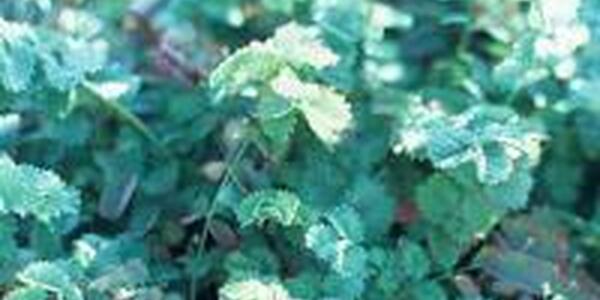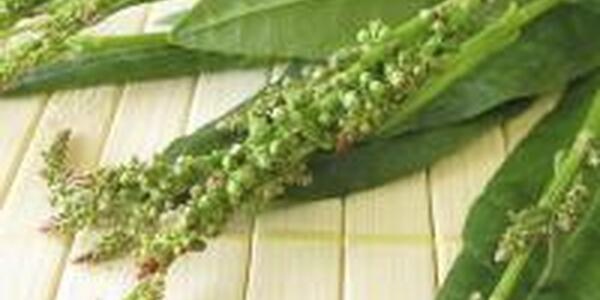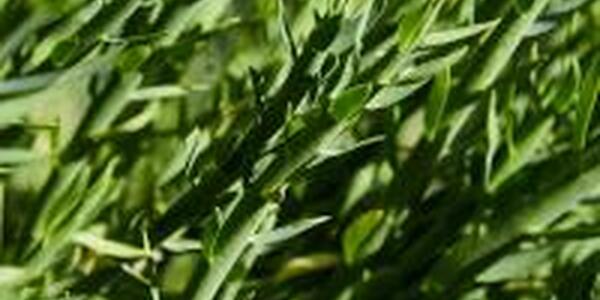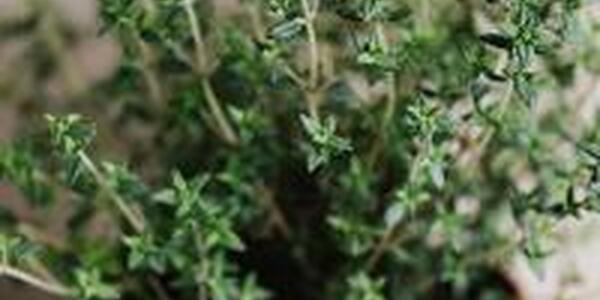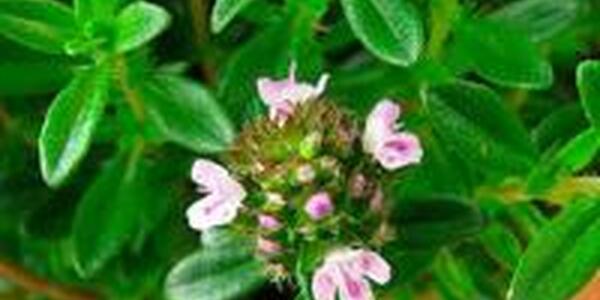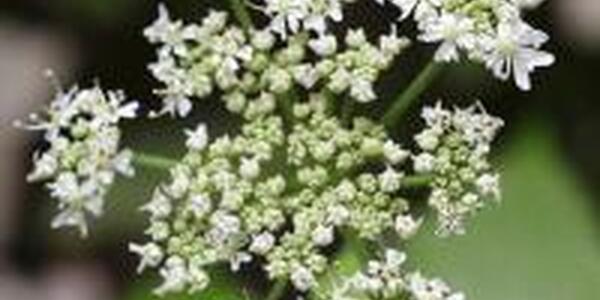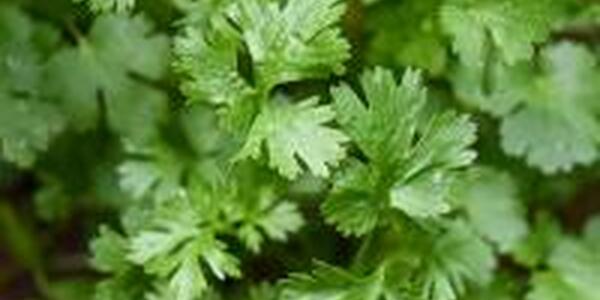You can't go wrong with a flavorful herb from the garden
Culinary herbs are a favorite of many gardeners. They are easy to grow as they require little care, have few insect and disease problems, and generally prefer moderate fertility levels. In addition, they add fragrance and beauty to the garden. Many herbs such as lavender, sage, and purple basil are very ornamental and combine nicely in flower or vegetable gardens.
Let's begin to understand herbs.
There are many ways to define an herb. In the botanical sense, an “herb” is an herbaceous plant that lacks a woody stem and dies to the ground each winter. Another definition describes herbs as any plant or plant part that has historically been used for culinary or fragrance purposes. And a broad definition of an herb is defined as a “useful plant” but one has to wonder what is meant by useful.
With a broad look at the word herb, it is possible to include hundreds of plants that fit the definition. While many herbs are in fact herbaceous, there are a lot that do develop woody stems. A gardener may wish to choose herb plants that have culinary value and aromatic value. And in addition to these traditional qualities, many herbs also offer a great deal of ornamental value to the garden as well.
Herbs can be classified as being either annual, perennial or biennial depending on whether they need to grow from seed each year or come back from overwintering crowns, roots, or bulbs. There are many herbs classified as tender perennials that are sold in parts of the country that do not allow them to overwinter successfully outdoors. These herbs are often grown in containers during the summer months and moved indoors before cold weather where they are overwintered in a sunny location of the home. Then next season they are moved back outdoors.
It is good to note the hardiness zones of the perennial herbs you buy and the hardiness zone where you garden. This helps to avoid disappointment thinking the herb you bought will be a permanent part of the garden when it may not be for the zone in which you are located. This necessitates planning on how you are going to overwinter the plant for next season.
Herbs can also be classified as either robust or fine (mild) herbs. Robust herbs are full bodied, rich in flavor and are often used alone or mixed with a few other herbs. Robust herbs stand up to cooking and may be used in dishes that are roasted, braised or grilled. Herbs such as rosemary, thyme, sage, and garlic would be classified as robust.
Fine herbs mix well with other herbs or when cooked, become milder. They are often added toward the end of the cooking process. Fine herbs are used in salads or eaten raw. Dill, basil, and parsley are considered mild and fine herbs.
